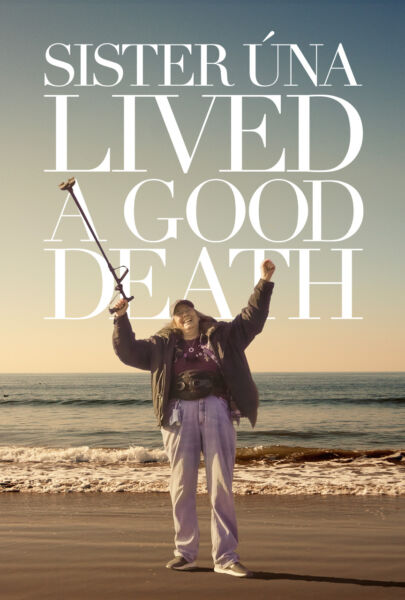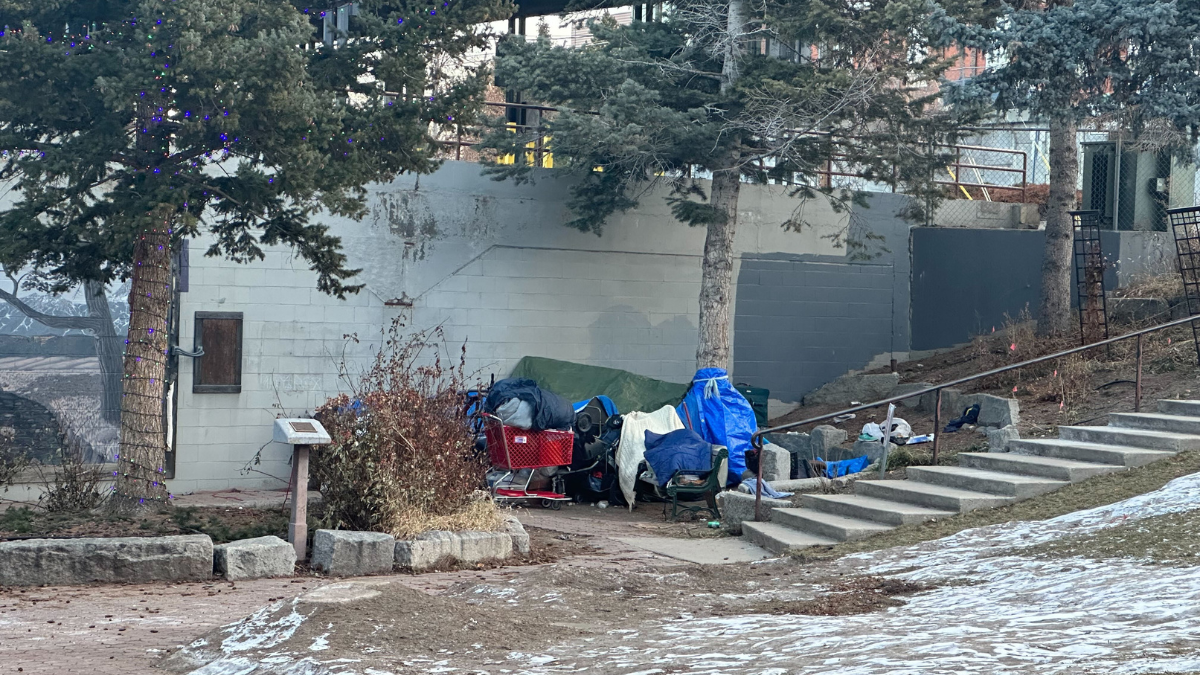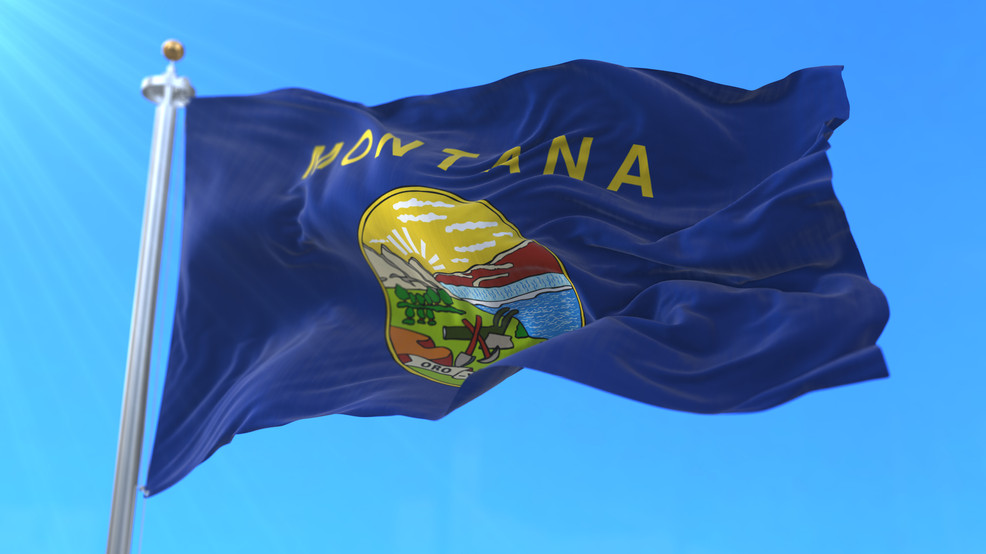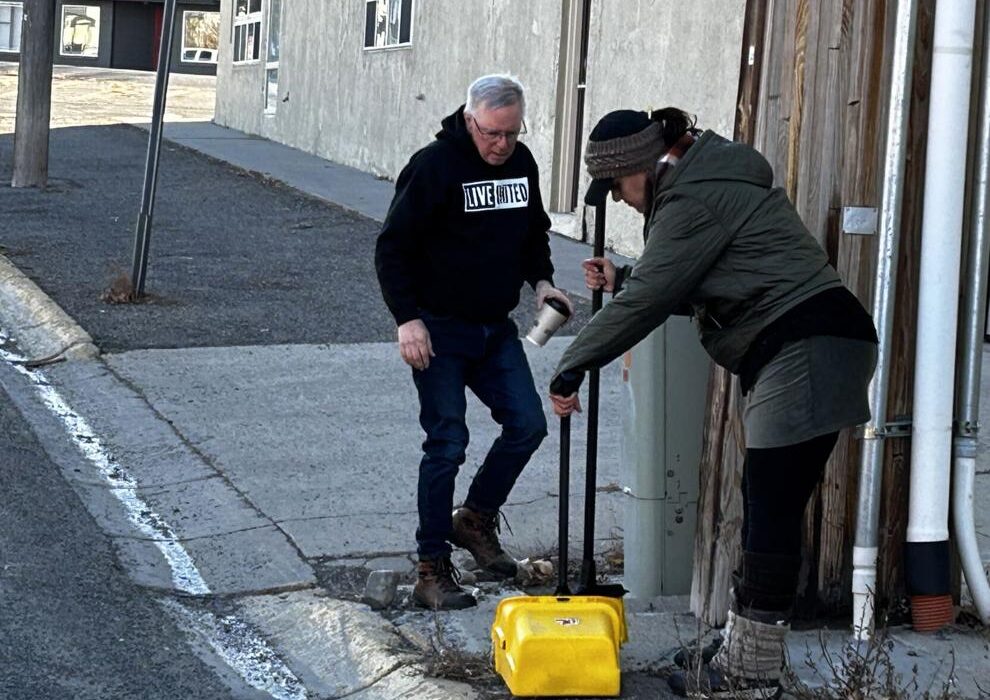HELENA, Mont. — The Montana Department of Commerce announced it allocated $9.4 million in funding to improve affordable housing in six Montana communities.
The funding will be used to build or rehabilitate 485 affordable homes in Montana.
Projects in Billings, Butte, Hamilton, Helena, Missoula and Kalispell received funds.
The new housing and renovations will benefit Montanans earning less than 80% of the median income.
The Montana Department of Commerce released the following:
The Montana Department of Commerce announced today that more than $9.4 million of funding has been allocated to increase the number of affordable homes in six Montana communities. The funding is through Commerce’s Home Investment Partnerships Program (HOME), Community Development Block Grant (CDBG) and Housing Trust Fund (HTF) programs.
“It is critical that all Montanans have a safe and affordable place to call home. That’s why Commerce will continue to support programs that help increase the number of affordable, attainable homes across the state,” said Cheryl Cohen, Montana Housing Division Administrator with the Department of Commerce. “This funding will provide homes for Montanans who are at risk of homelessness, in lower wage-earning jobs and those experiencing special needs.”
Through Commerce’s housing programs, the awarded funds will be used to build new and rehabilitate 485 affordable homes in Montana. The funding has been awarded to the following developments and communities:
Billings – Mitchell Court LLLP will receive $1,650,000 of HOME funding for construction of the Mitchell Court Apartments — 32 affordable homes for families and individuals.
Butte-Silver Bow County will receive $750,000 of CDBG funding for the rehabilitation of the Aspen Place Apartments – 68 affordable homes for families and individuals.
Hamilton – The City of Hamilton, along with Sapphire Lutheran Homes, will receive $750,000 of CDBG funding, along with $1,500,000 of HTF and $1,900,000 of HOME funding for the rehabilitation of The Manor — 60 affordable homes for seniors.
Helena – United Housing Partners LLC will receive an additional $947,232, for a total of $2,526,194 of HTF funding, to support the construction of Twin Creeks Apartments — 62 affordable homes for families and individuals. Additionally, Accessible Space, Inc. will receive $1,200,000 of HOME funding for the rehabilitation of the Queen City Estates — 24 affordable homes for households with individuals with disabilities.
Missoula – Homeword, Inc. will receive $1,500,000 of HOME funding for the rehabilitation of the Creekside Apartments — 161 affordable homes for families and individuals.
Kalispell – Samaritan House, Inc. will receive $750,000 of HTF funding for the development of the Samaritan House Family Living Development — 18 permanent supportive homes for households experiencing homelessness.
“Through these HTF, HOME and CDBG awards, not only will we have preserved 60 units of affordable housing for seniors in Hamilton for many years to come, but the funding will also allow us to provide an updated and energy efficient housing solution for seniors who currently call The Manor home,” said Cole Harden, Regional Senior Officer of Sapphire Lutheran Homes. “We are excited about the upcoming transitions that will take our aging building and transform it into a modernized asset for the community.”
Montana’s CDBG Housing grants help local governments fund new construction or rehabilitation of single-family or multi-family homes that benefit Montanans earning less than 80 percent of the area median income. The HOME Program is designed to create affordable homes for lower earning households. The HTF is an affordable housing production program that complements existing federal, state and local efforts to increase the supply of safe and affordable homes for the most vulnerable households living in Montana. All three programs are financed from federal funds allocated to Commerce from the U.S. Department of Housing and Urban Development (HUD).






